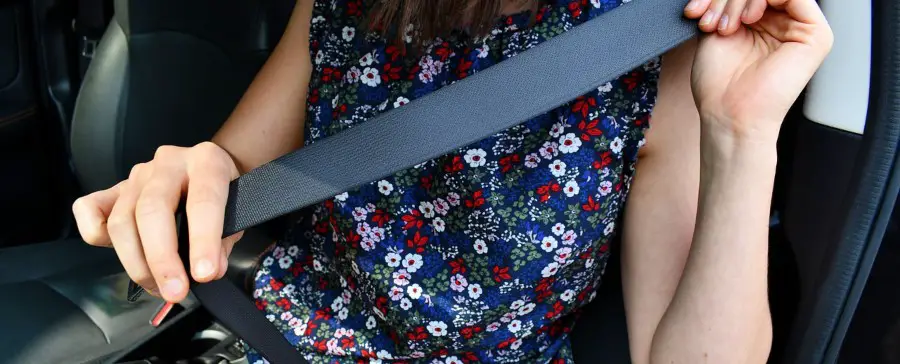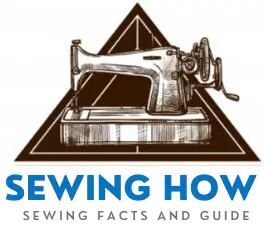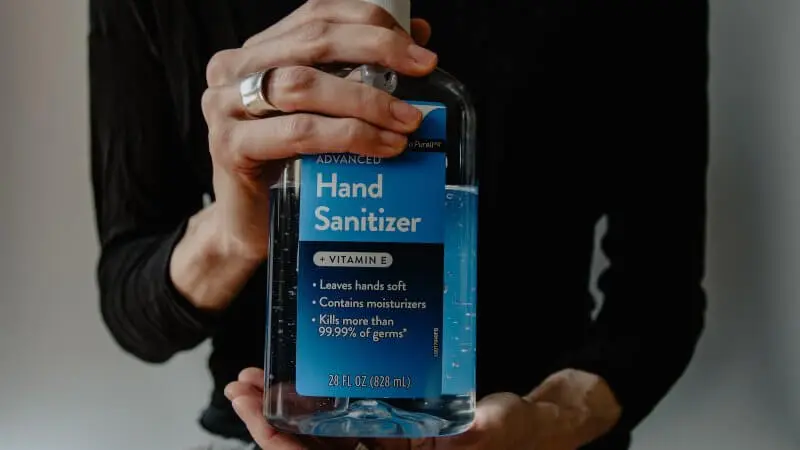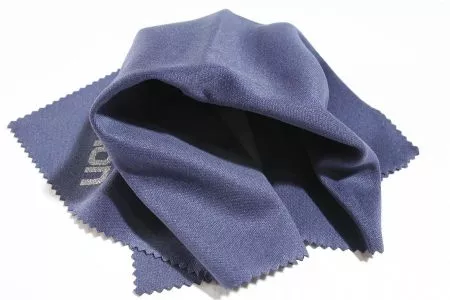At times we tend to be curious why some things are just the way they are. Sometime back, while driving my car, I just thought about safety belts and found myself wondering what kind of material is used to make safety belts.
When I reached home, I checked the tag on the seat belt and found that the safety belt was made from polyester. Since I have many polyester clothing, I wondered what is it about polyester used to make clothes and seat belts.
Polyester is used to make seat belts since it has different characteristics that make it the best seat belt material. Specifically, the features of polyester that make it the best material for seat belts are; it resists chemicals, it’s cheap, it’s durable, it has high resistance to UV degradation, it resists fire, it has high abrasion resistance, it resists mildew, it’s highly durable, and it’s good in all temperatures.
In this article, we look at different reasons why seat belts are made of polyester and not other fabrics. By reading the article, you understand various polyester features that make the fabric ideal for making seat belts.

How Does A Seat Belt Work
A seat belt is a safety device that is found in all vehicles. It aims to secure people driving the car against a detrimental movement that might be caused by a collision.
The seat belt absorbs energy. By doing that, the belt ensures that the load which is imposed on a victim’s body during a collision is kept at survivable limits. Specifically, the seat belt is purposed to offer a non-recoverable extension to minimize the deceleration force that the body faces in a collision.
The non-recoverable extension is critical in ensuring that people in a car are restrained in their seats, thus sustaining whiplash injuries in a collision.
To avoid contact with any fixed parts of a car, a fully functional seat belt should only allow a wearer to move a distance of no more than 30 centimeters.
Seat belts were invented simultaneously in the United States and America. At that time, seat belts were fixed and had to be manually adjusted. However, the innovation was later advanced as automatic seat belts were developed.
Overview Of Polyester
Polyester is a man-made fabric that is made from petroleum. It is a polymer category with the ester functional group in each repeat unit of its main chain. As a specific material, polyester is mainly referred to as polyethylene terephthalate.
Some of the characteristics of polyester that make the fabric to be used in making different products are; resist abrasion, dries quickly, durable, lightweight, strong, easy to dye, resists shrinking, and resists wrinkles.
However, it is important to note that polyester has some weaknesses. Due to the weaknesses, polyester is mainly blended with other natural and synthetic fabrics so that the weaknesses are complimented by the fabrics that it is blended with.
The main weaknesses of polyester are: it is not stretchy, it is prone to static build-up, holds odor more than other fibers, it’s prone to pilling, especially when compared to other synthetic fabrics such as nylon, and it has low breathability.
Why Are Seat Belts Made Of Polyester – 11 Reasons
To understand why polyester is preferred in making of seat belts, you first need to understand seat belt webbing.
Seat belt webbing entails the seat belt section, which is pulled around a person sitting in the car. When a collision happens, seat belt webbing gets tightened by the retractor ensuring that the wearer does not move.
For many years, seat belt webbings were made of nylon and polyester. Specifically, nylon was the main fabric used in making seat belts. However, nylon seat belts were weaker since nylon degrades due to UV, is not highly durable as it wears and tears quickly, is stretchy, absorbs water quickly, and can have mildew once it becomes wet and is not dried well.
Here are the reasons why polyester is used in making seat belts.
1. Resists Chemicals
The fabric used to make the seat belt has to be resistant to different chemicals. Indeed, the seat belt can come into contact with different types of chemicals, and in such situations, if the fabric is not resistant to the chemical, the seat belt will be ruined, implying that it will have to be replaced or it will be of no use.
Polyester has great resistance to many chemicals since, among others, it can resist acids, solvents, and oxidizers such as hydrogen peroxide. The ability of polyester to resist chemicals makes the fabric a good choice for safety belts since even if polyester safety belts come into contact with different chemicals, the belts will still be able to efficiently function as expected.
2. Has High Resistance To UV Degradation

Seat belts are exposed to the sunlight as cars are driven on sunny days or parked in the sun. Since sunlight is known to degrade fabrics and can cause fabrics to dry out, fade, and even crack, seat belts have to be made from a fabric that resists degradation by sunlight.
As already mentioned, seat belts were in the past made with nylon. However, it was established that nylon seatbelts were degraded by sunlight. Thus, a fabric that was highly resistant to UV degradation had to be used to replace nylon in making seat belts.
Polyester is thus used in making seat belts since it resists UV degradation.
3. Is Resistant To Fire
A seat belt that is resistant to fire minimizes the risk of fire in the car. Thus, it is essential that seat belts are made from a fabric that resists fire so that in emergency situations, the seat belts can hold one in place even when a fire breaks out.
Polyester has a higher flammability temperature than nylon. Thus, when both nylon and polyester are exposed to fire, nylon will catch fire faster than polyester. Therefore, polyester is used to make seat belts since it does not catch fire easily.
4. High Abrasion Resistance
Seat belts are subjected to many abrasions as you wear them or remove them. The abrasion can come from the clothing worn by an individual when wearing a seat belt or even when seating in the car. Thus, seat belts must be made with a fabric that can resist abrasion to last a long time.
Polyester has very high abrasion resistance, thus making the fabric an ideal choice for making seat belts.
5. High Strength Tenacity
Tenacity entails gripping or holding something firmly without letting it go, even when subjected to a lot of pressure. The fabric used to make seat belts must have very high strength tenacity so that when needed, the person wearing a seat belt is firmly held in the seat, even during accidents.
Polyester has a high strength tenacity of 6.5 to 10.0 g/d. This aspect of polyester makes the fabric ideal for seat belts since it assures that seat belts made from polyester will firmly hold anyone wearing the seat belts irrespective of the impact.
6. Impressive Elongation
Elongation entails the change in length or width of the fabric at breaking force, and its mainly expressed as a percentage. In other words, elongation is related to the extent to which a fabric either stretch or lengthen before breaking down.
Polyester has an elongation that can reach up to 50% meaning that the fabric will not easily stretch or break down. The impressive elongation of polyester makes the fabric ideal for seat belts since it implies that even when subjected to a lot of pressure or force, polyester seat belts will not easily stretch or break down.
7. Mildew Resistant
Even if it might not be frequent, seat belts can occasionally get wet. For example, you might accidentally wet the seat belts when washing your car. Moreover, one can leave the windows open. If it rains when the car windows are open, the seat belts will likely become wet.
Polyester resists mildew, implying that even when your seat belts get wet, you are assured that irrespective of the time it will take for seat belts to dry, the seat belts cannot have mildew spots. Thus, polyester resistance to mildew is one of the reasons why the fabric is used to make seat belts.
8. Weather Resistant
Due to the nature of polyester fibers, polyester can resist different weather conditions. Indeed, polyester withstands both high and low temperatures without shrinking or stretching.
The weather resistance element of polyester makes the fabric ideal for seat belts since it ensures that even when seat belts are subjected to different weather conditions, the seat belts will still do their job.
9. Highly Durable
When making seat belts, car manufacturers want to ensure that seat belts can last the car’s lifetime. When compared to other fabrics, polyester is one of the most durable fabrics, and for that reason, car manufacturers have opted to make seat belts with polyester.
10. Good In Low Temperatures
Different fabrics react differently to different temperatures. For example, when some fabrics are subjected to high temperatures, they shrink. Likewise, when some fabrics are subjected to low temperatures, they might not be the same.
Unlike other fabrics, polyester is good in low temperatures. Indeed, seat belts made from polyester are not affected by the temperature. Thus, seat belts are made of polyester due to the fact that the fabric is not affected by low temperatures.
11. It’s Cheap
Even if polyester has different values that make it one of the best fabrics to make seat belts, there are other fabrics that can match polyester values or even be better when used to make seat belts.
However, polyester is cheap compared to other fabrics, and as such, car the affordability of the fabric is one of the reasons it is used to make seat belts.
Conclusions
Even though different fabrics can be used to make seat belts, polyester is the preferred fabric since it has unique values that make polyester seat belts the best.
If you want to replace your car’s seat belt, make sure that you replace them with polyester seat belts. Even if other seat belts might look fancy, the seat belts cannot match the quality of polyester seat belts.
Sources
Bendak, A. 1991. Effects of chemical modifications on polyester fibers. Journal of Islamic Academy of Sciences 4:4, 275-284
Jason Mills. 2019. Nylon vs. Polyester: Resistance to Water, Fire, Sun (UV), and Mildew.
Hongu, T., Takigami, M., Phillips, O.G. 2005. New Millennium Fibers. Cambridge: Woodhead Publishing.
Bunsell, R. Antony. 2018. Handbook of Properties of Textile and Technical Fibers. Cambridge: Woodhead Publishing.






